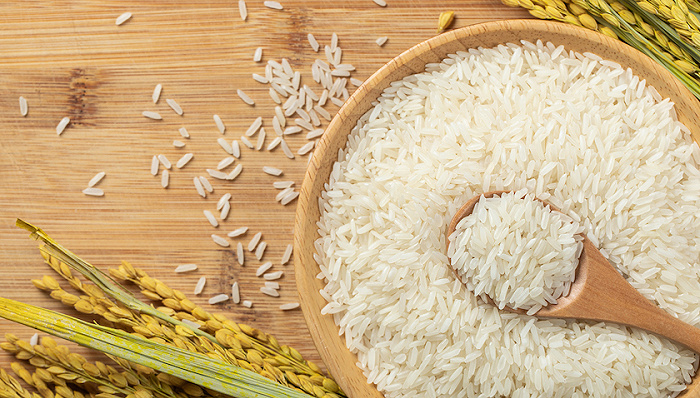From China to the United States, and then to the European Union, global rice production has declined and pushed up prices, especially in the Asia-Pacific region, which consumes 90% of the world’s rice.

According to data from Fitch Solutions, the global rice market will face the biggest gap in 20 years this year, and such a serious deficit will hurt major importing countries.
According to a recent research report released by Fitch Solutions, the average price of rice so far this year is $17.30 /cwt, and it is expected to remain near the current high level this year, and will slightly drop to $14.50 /cwt by 2024.
Charles Hart, the company’s commodity analyst, said that given that rice is the staple food in many markets in Asia, price will be the main determinant of food price inflation and food safety, especially for the poorest families.
The report predicts that the global rice shortage will reach 8.7 million tons in 2022/2023, the largest since 2003/2004. At that time, the global rice market gap was 18.6 million tons.
The shortage of rice supply is mainly due to the continuing conflict between Russian and Ukrainian countries and the bad weather in major rice producing countries such as China and Pakistan.
In the second half of last year, a large area of farmland in China was affected by heavy rainfall and floods in summer monsoon. China is the largest rice producer in the world. According to data from agricultural analysis company Gro Intelligence, the cumulative rainfall in Guangxi and Guangdong provinces, the main rice producing areas in China, reached the second highest in at least 20 years last year.
In addition, Pakistan, which accounts for 7.6% of global rice trade, suffered a serious flood last year, and its annual rice output plummeted by 31% year-on-year.
In addition to the challenge of tight supply, since the outbreak of the conflict between Russia and Ukraine in February 2022, the prices of other major cereals have soared, and rice has become an increasingly attractive substitute, thus boosting demand.
Oscar Tjakra, a senior analyst at Rabobank, a global food and agriculture bank, said that the year-on-year decline in rice production in other countries such as the United States and the European Union was also one of the reasons for the deficit.
“The shortage of global rice production in 2023 will increase the import cost of major rice importing countries such as Indonesia, the Philippines, Malaysia and African countries,” Tjakra said.
Kelly Goughary, a senior research analyst at Gro Intelligence, said that many countries will also be forced to reduce their domestic stocks, and those countries that have already suffered from high domestic food prices, such as Pakistan, Turkey, Syria and some African countries, will be the most affected.
However, shortages may soon become a thing of the past. Fitch Solutions predicts that the global rice market will return to almost equilibrium in 2023/24, and there will be surplus in 2024/25.
“We believe that global rice production will rise steadily in 2023/24, and the total output is expected to increase by 2.5% year-on-year.” Fitch’s report predicts that India will be the “main engine” of global rice production in the next five years.